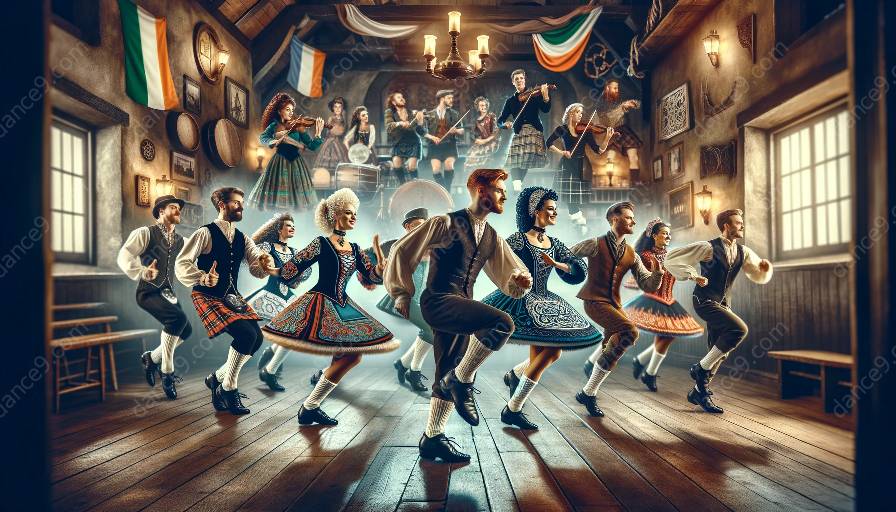The History of Irish Dance
Irish dance has a rich and storied history that has evolved over centuries, shaped by cultural influences and historical events. Its origins can be traced back to ancient Celtic rituals and festivals, where dance was a central part of the community's celebrations. The dance form has been influenced by various cultures and has undergone several transformations over time.
Ancient Roots
The roots of Irish dance can be found in the pre-Christian era, where it was an integral part of religious rituals and social gatherings. These early dances were accompanied by traditional Irish music, which added a rhythmic and melodic element to the performances. It was during this time that the basic elements of Irish dance, such as intricate footwork and posture, were developed.
Influence of Christianity
With the arrival of Christianity in Ireland, dance underwent significant changes. The Church incorporated dance into its religious ceremonies, leading to the development of more structured and disciplined dance forms. The influence of Christianity also brought about the creation of monastic schools, where dance was taught as part of the curriculum.
Colonial Era
The colonial era had a profound impact on Irish dance. The English colonization of Ireland brought about increased cultural exchange, resulting in the blending of Irish and English dance traditions. This period saw the emergence of social and solo dances, with regional variations that reflected the diversity of Irish culture.
Revival and Modernization
The 20th century marked a period of revival and modernization for Irish dance. The establishment of dance schools and organizations played a crucial role in preserving and promoting traditional Irish dance forms. One of the most notable developments during this time was the emergence of competitive Irish dancing, which gained widespread popularity and attracted participants from around the world.
Influence on Dance Classes
The evolution of Irish dance has had a significant impact on dance classes globally. Its unique blend of intricate footwork, precise movements, and storytelling elements has made it a sought-after discipline for dancers of all ages. Many dance classes now offer Irish dance training as part of their curriculum, providing students with the opportunity to explore and experience this traditional dance form.
Conclusion
The evolution of Irish dance through time reflects the resilience and adaptability of this art form. From its ancient roots to its modern-day expression, Irish dance continues to captivate audiences and inspire dancers worldwide. Its influence on dance classes has contributed to the preservation and promotion of this cultural heritage, ensuring that the tradition lives on for future generations.













































































